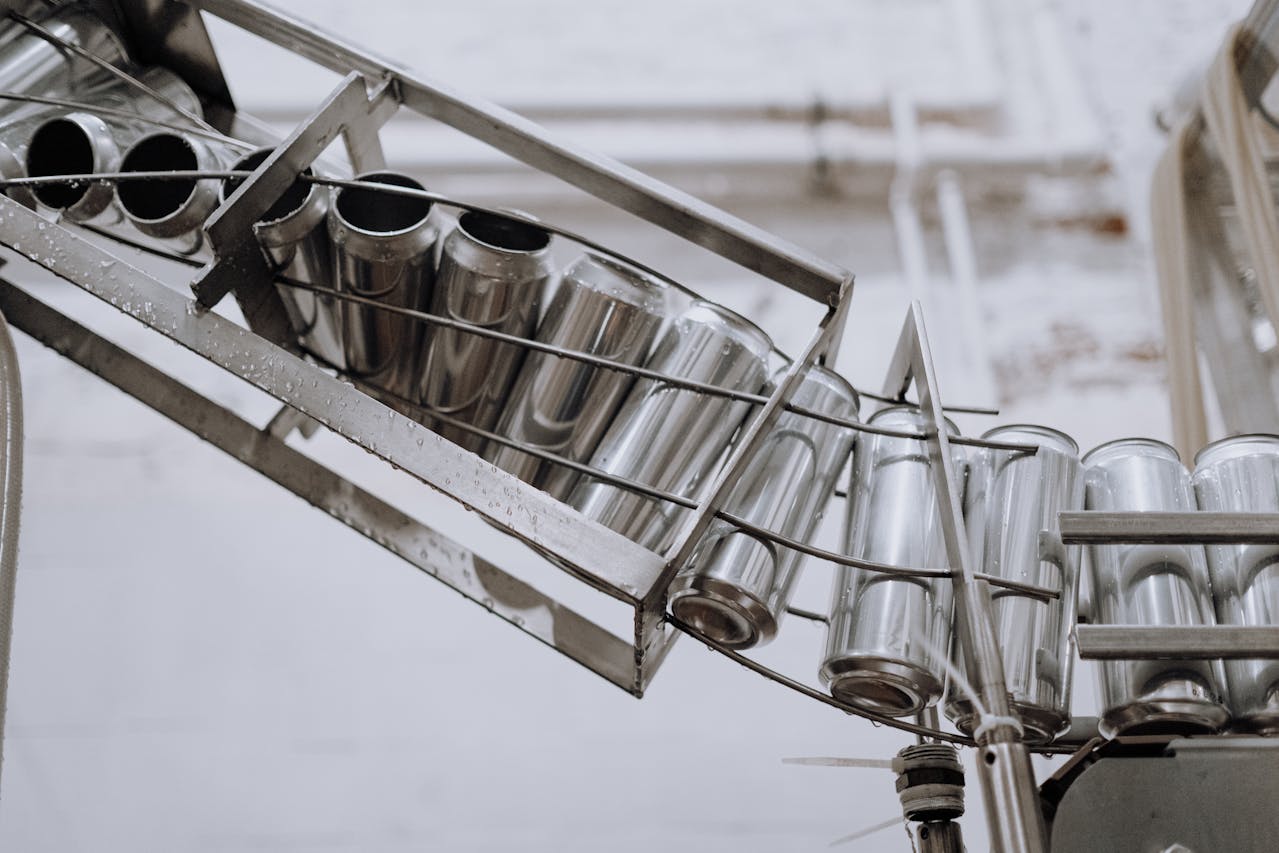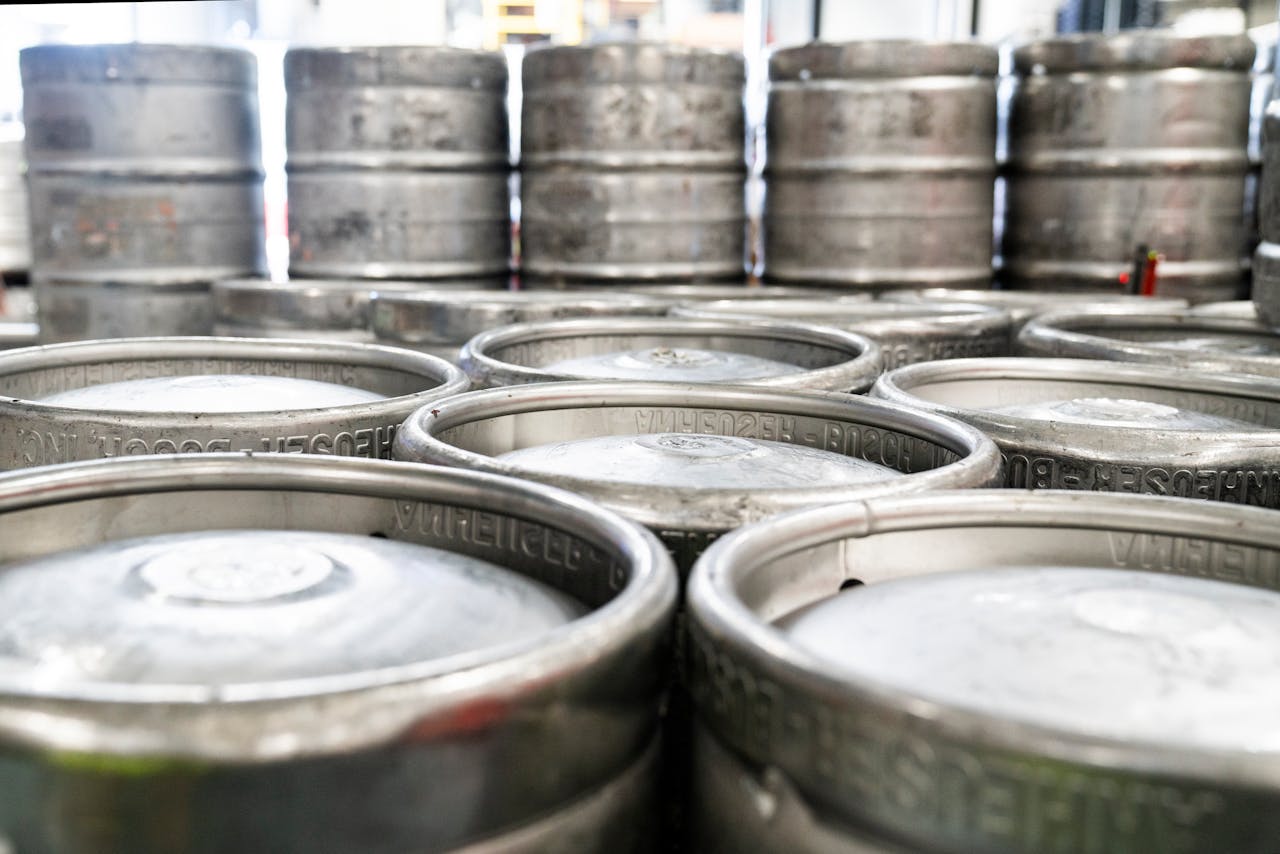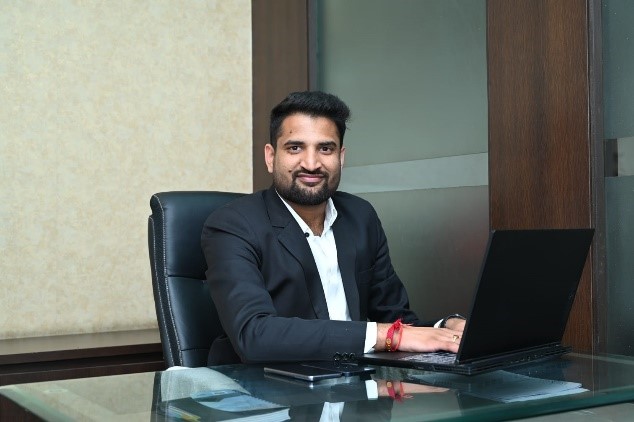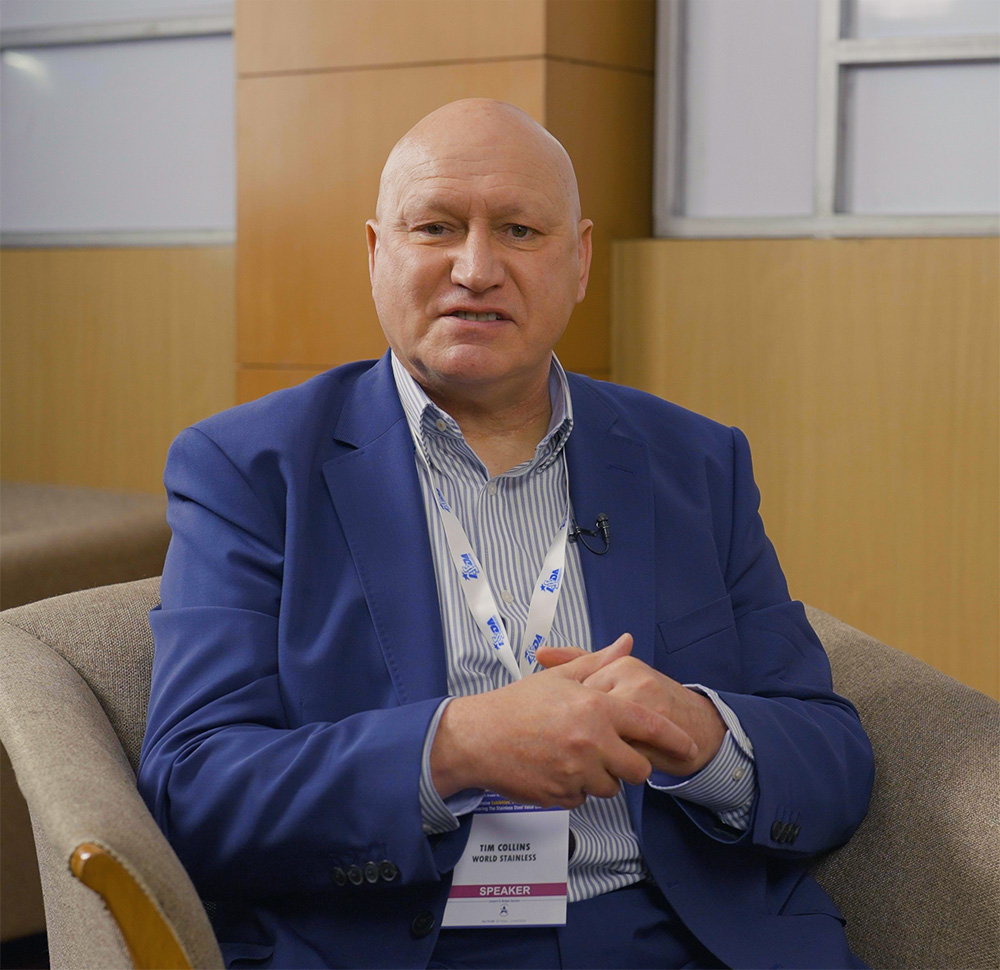Interview of Chairman, MD and CEO of RHI Magnesita India Ltd. – Mr Parmod Sagar
July 31, 2025
In this edition of Stainless Post, Nisha Rawat from Corporate Communications speaks with Chairman, MD and CEO of RHI Magnesita India Ltd. – Mr Parmod Sagar. From his early days as a mechanical engineer to leading global innovation in the refractory industry, his journey reflects deep expertise and leadership. A former President of the World Refractories Association, he continues to shape the future of manufacturing across India and enhancing the nation’s industrial competitiveness on a global scale.

Could you tell us a little about yourself and your journey?
Thank you very much for considering me for this. It’s been a long journey of about 40 years—very exciting, challenging, and satisfying. Exciting because I’ve seen this industry evolve from nowhere to now—an industry to reckon with, gaining recognition from the government and stakeholders.
Challenging, because it is still a very niche market. Satisfying, because during this long journey, I became Chairman of IRMA (Indian Refractory Manufacturers Association), President of the World Refractory Association, and participated in many initiatives to enable collaboration with end users.
What are refractory products and why are they so essential to the metal and mining industry?
Basically, in layman’s language, refractory is bricks and mortar. For the metal industry, you need to melt scrap or iron ore in a vessel to convert it into liquid. To do that, you need intense heat, an electrode, and a vessel that can withstand high temperatures. Liquid steel reaches temperatures of 1550°C and above, and you need insulation capable of handling more than that—this is where refractory comes in.
These products—bricks and various types of monolithic materials—are used to line vessels, enabling them to withstand extreme heat. Once the steel is molten, it must be shaped into billets, blooms, or slabs. Refractory valves control the flow of steel during casting. In rolling mills, billets are reheated to be formed into products like girders, channels, or rods, and here again, refractory provides insulation. From iron ore processing to the final product, wherever there’s heat, you need refractory for insulation.
Without it, the heat can’t be retained or controlled. Only refractory can provide the required protection, as its refractoriness can go up to 2000°C without altering its chemical or physical properties. In everyday life too, refractory is essential—you need it to make glass (for cell phones, watches), stainless steel utensils, cars, and even pizza ovens. It’s everywhere, yet unknown to many people.
When did RHI Magnesita’s collaboration with Jindal Stainless begin, and how has it evolved over the years?
It’s been a long journey that started in the early 1990s—probably around 1992—when Mr. O.P. Jindal, fondly known as Bauji, was there. He was an innovative person. He once called us saying he had imported a Tundish system with a three-plate refractory setup, and he wanted to develop it in India. We collaborated and developed India’s first Tundish three-plate refractory system.
Since then, the partnership between Jindal Stainless and what was then Orient Refractory (now RHI Magnesita) has grown stronger. When Jindal Stainless ramped up production, they needed high-end products for their AOD (Argon Oxygen Decarburization) vessels, and we provided that too. Today, Jindal Stainless is one of our most valuable customers, and we continue adding value to their production processes.
What are some of the key trends shaping the future of the refractory industry, according to you?
Over time, the demands from end-users have increased. The steel and cement industries want to produce more and expect better-performing products with longer life spans. This demand pushes the refractory industry to innovate continuously. There’s always pressure to improve—from products that last 20 hours to now demands for 24 or even 30-hour performance, requiring intensive R&D and innovation. When we started with Jindal Stainless in the early ’90s, India produced about 20 million tonnes of steel. Now, it’s at 150 million tonnes.
Likewise, the refractory industry has grown from ₹1500 crore to ₹15,000 crore. It’s all driven by innovation, changing product mixes, and the ever-increasing expectations from the market.
You mentioned increasing demand—what is driving that?
One key driver is the Government of India’s initiative to increase steel production to 300 million tonnes by 2030. There’s a strong infrastructure push from the government, along with growing emphasis on sustainability and green steel—reducing CO₂ emissions, etc. There is also a shift towards reduced human intervention, with increased automation, robotics, and digitalization. Historically, the refractory industry did not explore automation, but in the past few years, we’ve started adopting these technologies. It’s a big transition—from manual handling to fully automated systems.
What are some of the key steps RHI Magnesita has taken to reduce carbon emissions or adopt sustainability in day-to-day operations?
We are very proud that RHI Magnesita is the first company in the world to declare the carbon emissions of more than 200,000 products. This transparency allows the world to see exactly what we produce and the associated CO₂ emissions. We’ve committed roughly €50 million (~₹500 crore) towards reducing carbon emissions. We’re also focusing heavily on recycling. If we can use 20% recycled refractory material, we reduce mining by 20% and lower CO₂ emissions by the same margin. We have developed proprietary technology to convert used refractory into high-quality raw material, ensuring no compromise in performance. We’re actively working on building a circular economy, using more secondary raw materials to conserve natural resources.
From your vantage point, why is stainless steel a preferred material in today’s landscape?
Stainless steel is corrosion and rust resistant, and it has excellent strength. It can be used outdoors and withstand harsh environments without deteriorating—unlike normal steel. Even the Government of India is encouraging the use of stainless steel wherever possible—in platforms, railings, etc. It’s a lighter, stronger, and more durable material. I believe the future belongs to stainless steel.
What is your advice to the next generation of engineers and metallurgists?
Keep learning. I always tell young professionals to spend the early years of their careers on the shop floor, not behind a laptop in an office. Experience the process, see the product in action, and spend quality time learning at the ground level. That kind of exposure builds a strong foundation.
Second, adaptability. Be open to change and responsive to the environment.
Third, humility. It’s essential to collaborate with colleagues. If you’re humble, your seniors will support and guide you. Lastly, dirty your hands as much as you can. It gives you a real feel for the process and helps you learn faster.





